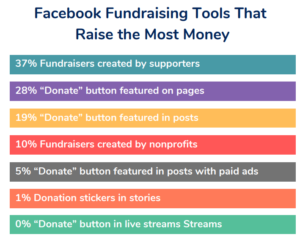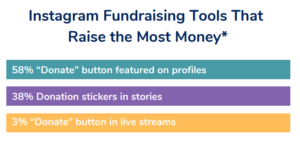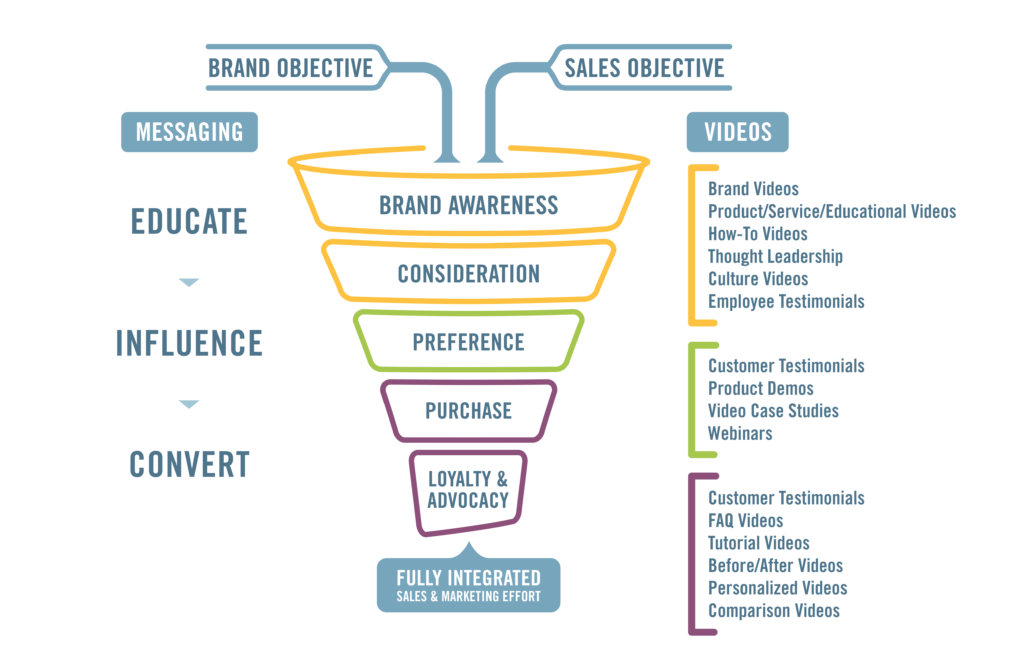Meta’s recent decision to end its third-party fact-checking program and adopt a community-driven notes model has sparked conversations about trust, accuracy, and the future of user engagement on social platforms.
The move by the giant behind Facebook and Instagram aligns with the approach taken by X (formerly Twitter), where users collaborate to provide context to posts. But this shift raises critical questions: Will users embrace this model as a step toward transparency, or will it erode trust in the absence of expert oversight? The answer could significantly impact how users interact with and perceive Meta’s platforms.
One of the most immediate implications of this change is the potential shift in user behavior. For some, the ability to contribute directly to content verification may feel empowering, fostering a stronger sense of community and responsibility. For others, the lack of professional fact-checkers could create doubts about the accuracy and reliability of the information shared.
Platforms live or die by user trust and this experiment could either solidify Meta’s position as a leader in innovative moderation or drive users toward competitors that prioritize traditional methods.
The decision also has broader implications for brands and businesses relying on Meta’s digital marketing platforms and audience engagement. Shifts in user trust and platform loyalty may force brands to reevaluate resource allocation. If users gravitate toward more trustworthy platforms, businesses must adapt strategies to connect with audiences where they feel secure. Staying agile in this environment will be essential for businesses looking to stay relevant.
A gradual move to community-driven content moderation reflects a broader trend in the tech industry: decentralizing authority and placing more power in the hands of users. While this can democratize the process, it also opens the door to challenges such as bias, misinformation, and potential abuse. Striking the right balance between community input and professional oversight will be critical for Meta to navigate these risks successfully.
As we watch this shift unfold at Meta, it’s clear that the social media landscape is evolving rapidly. For users, businesses, and creators alike, the key takeaway is to remain flexible and attentive to these changes. Whether Meta’s new approach strengthens or weakens its platform will depend on how it’s implemented and received. One thing is certain: this is a pivotal moment in the ongoing conversation about trust and responsibility in the digital age.



